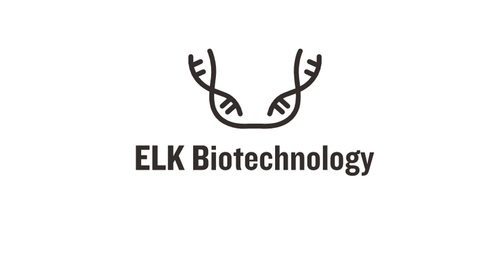Product Description
Human Polyadenylate-binding protein 1-like (PABPC1L) ELISA Kit | KTE61322 | Abbkine
Application: This Human Polyadenylate-binding protein 1-like (PABPC1L) ELISA Kit employs a two-site sandwich ELISA to quantitate PABPC1L in samples. An antibody specific for PABPC1L has been pre-coated onto a microplate. Standards and samples are pipetted into the wells and anyPABPC1L present is bound by the immobilized antibody. After removing any unbound substances, a biotin-conjugated antibody specific for PABPC1L is added to the wells. After washing, Streptavidin conjugated Horseradish Peroxidase (HRP) is added to the wells. Following a wash to remove any unbound avidin-enzyme reagent, a substrate solution is added to the wells and color develops in proportion to the amount of PABPC1L bound in the initial step. The color development is stopped and the intensity of the color is measured.
Detection Method: Colorimetric
Conjugate: N/A
Sample Type: Cell culture supernatants#Serum#Plasma#Other biological fluids
Assay Type: Multiple steps standard sandwich ELISA assay with a working time of 3-5 hours. It depends on the experience of the operation person.
Kit Component: • Human Polyadenylate-binding protein 1-like microplate
• Human Polyadenylate-binding protein 1-like standard
• Human Polyadenylate-binding protein 1-like detect antibody
• Streptavidin-HRP
• Standard diluent
• Assay buffer
• HRP substrate
• Stop solution
• Wash buffer
• Plate covers
Features & Benefits: Human Polyadenylate-binding protein 1-like (PABPC1L) ELISA Kit has high sensitivity and excellent specificity for detection of Human PABPC1L. No significant cross-reactivity or interference between Human PABPC1L and analogues was observed.
Calibration Range: Please inquire
Limit Of Detection: Please inquire
Usage Note: • Do not mix components from different kit lots or use reagents beyond the kit expiration date.
• Allow all reagents to warm to room temperature for at least 30 minutes before opening.
• Pre-rinse the pipet tip with reagent, use fresh pipet tips for each sample, standard and reagent to avoid contamination.
• Unused wells must be kept desiccated at 4 °C in the sealed bag provided.
• Mix Thoroughly is very important for the result. It is recommended using low frequency oscillator or slight hand shaking every 10 minutes.
• It is recommended that all samples and standards be assayed in duplicate or triplicate.
Storage Instruction: The unopened kit should be stored at 2 - 8°C. After opening, please store refer to protocols.
Shipping: Gel pack with blue ice.
Precaution The product listed herein is for research use only and is not intended for use in human or clinical diagnosis. Suggested applications of our products are not recommendations to use our products in violation of any patent or as a license. We cannot be responsible for patent infringements or other violations that may occur with the use of this product.
Background: PABPC1L belongs to the polyadenylate-binding protein type-1 family. Recent linkage studies and association analyses indicate the presence of at least one type 2 diabetes susceptibility gene in human chromosome region 20q12-q13.1. The map currently provides near-continuous coverage between SGC32867 and WI-17676 . EST database searches and genomic sequence alignments of ESTs, mRNAs, and UniGene clusters enabled the annotation of the sequence interval with experimentally confirmed and putative transcripts. The combination of the BAC transcript map, YAC-to-BAC scaffold, and reference Human Genome Project sequence provides a powerful integrated resource for future genomic analysis of this region.
Alternative Names: PABPC1L; RP5-1069P2.6; C20orf119; FLJ11840; FLJ30809; FLJ42053; PABPC1L1; dJ1069P2.3; ePAB; OTTHUMP00000063224; poly (A) -binding protein; cytoplasmic 1-like
Search name: PABPC1L; RP5-1069P2.6; C20orf119; FLJ11840; FLJ30809; FLJ42053; PABPC1L1; dJ1069P2.3; ePAB; OTTHUMP00000063224; poly (A) -binding protein; cytoplasmic 1-like
Tag: PABPC1L
 Euro
Euro
 USD
USD
 British Pound
British Pound
 NULL
NULL








